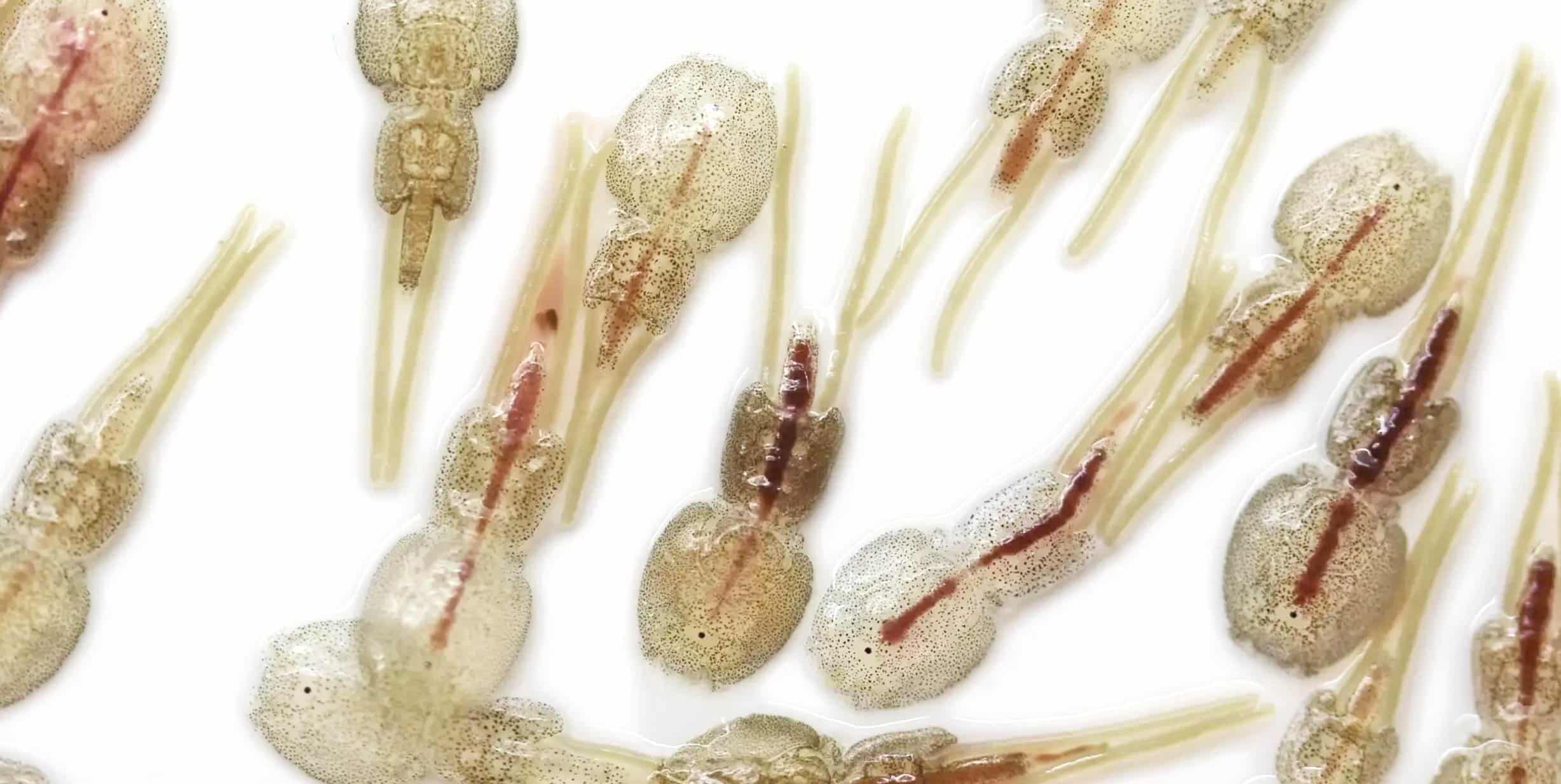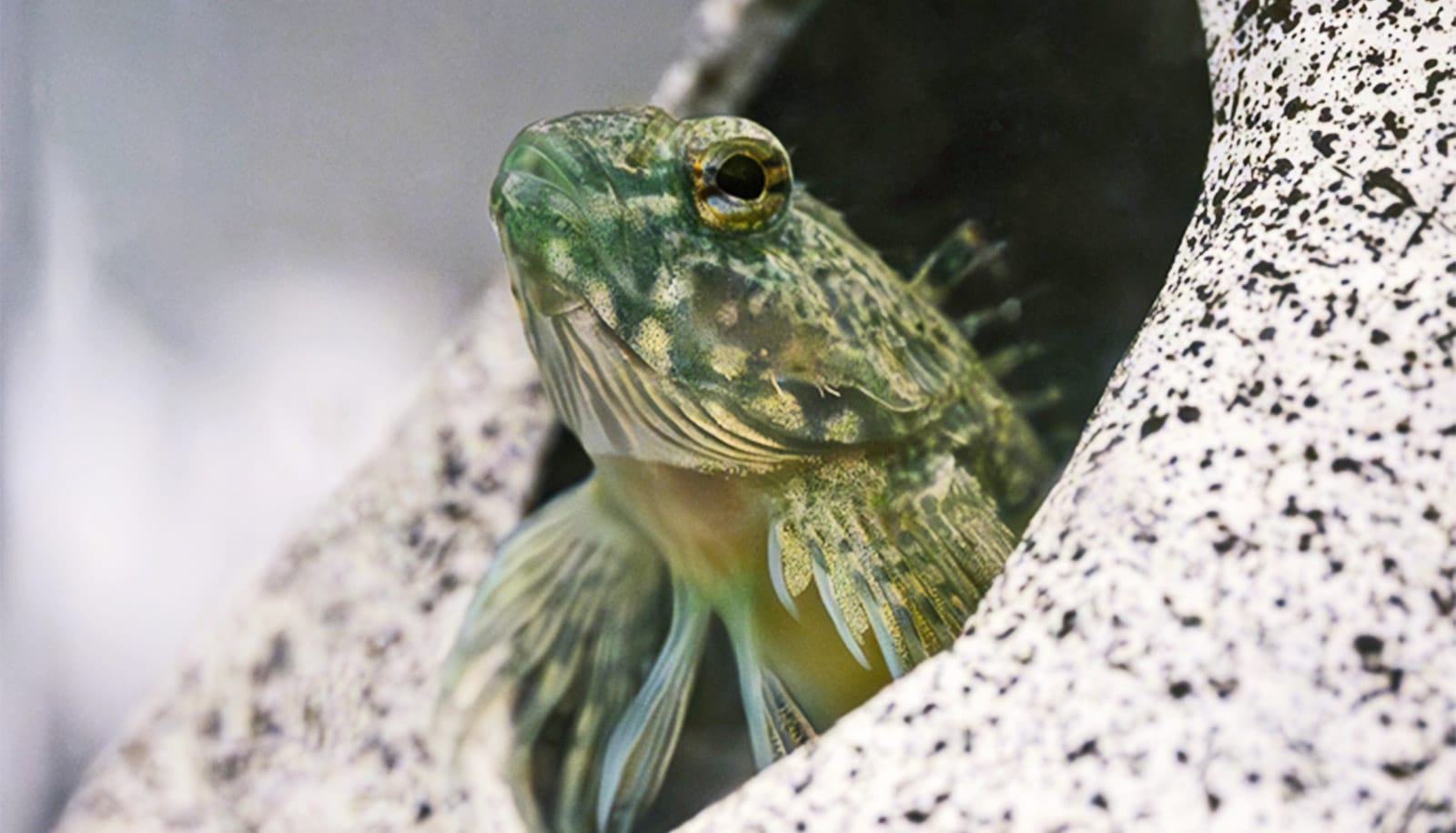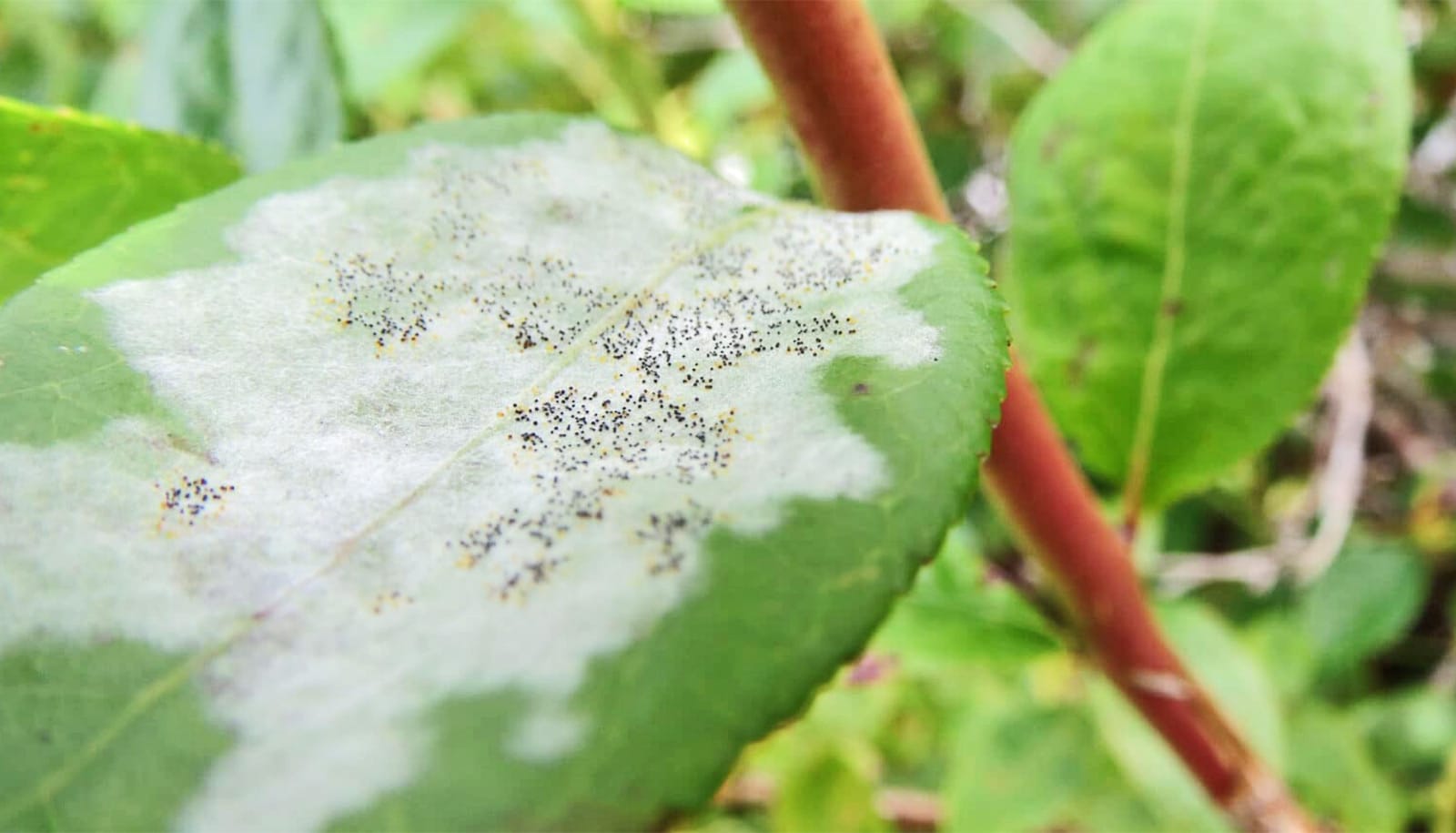New research reveals the inherent ability of salmon to avoid infection through their first line of defense—behavior.
In the rapidly growing fish-farming industry, parasite outbreaks cause production inefficiencies, poor welfare for billions of fish, and negative consequences for wild populations when diseases spread.
“Parasite outbreaks in wild fish have been induced by farmed fish in major farming systems, such as sea lice infestations on wild salmon in Europe and North America,” says Tim Dempster, associate professor in the School of BioSciences at the University of Melbourne.
“Parasite treatments are also stressful and contribute to the poor welfare of the animals. They include chemical bathing, freshwater bathing, medicated feed, or other treatments applied directly to the parasite or host.”

“We tested whether the world’s most widely farmed marine fish, Atlantic salmon, could defend themselves against parasites using various behaviors,” says Dempster.
“Knowing what the fish can do themselves within farming environments is key to success.”
By comparing salmon whose perceptions had been distorted by a mild sedative
to those displaying “normal” behaviors, they found the “normal” fish acquired 30 percent less parasites than fish in the sedated group. The study appears in the Journal of Zoology.
“Our results clearly revealed that normal behaviors are adaptive against parasites,” says Dempster.
“This helps us better understand the behaviors that help fish avoid infestation. There are over 100 species of fish under aquaculture production worldwide, yet until now, we have known almost nothing about their capacity to outsmart their main parasites themselves,” he says.
“Our study will help design fish farms that allow fish to fully display their important natural defensive behaviors. We might also be able to learn from these behaviors to create new methods to prevent infection.”
Fish on ketamine
To work out if normal behaviors protected against infection, the team had to first create fish that did not behave normally.
“It wasn’t easy—we had to come up with a completely new method to tackle this question,” says lead author Samantha Bui, a former PhD student at the University of Melbourne, now based at the Institute of Marine Research in Norway.
“We treated one group of fish with the dissociative anaesthetic ketamine. The anesthetic allows the fish to remain active, but their senses are temporarily dulled, which alters their behavior.
They found that the normal fish jumped out of the water and rolled on the surface six-to-seven times more than the sedated fish. But somewhat counter intuitively they found that the normal fish swam about less than the sedated fish.
“Jumping and motionless behaviors were less common in anesthetized salmon, while the frequency of burst swimming increased with the anesthetic,” says Bui. “The results show that these behaviors at normal levels reduce the ability of parasites to attach to fish.”
Antidepressants are building up in fish brains
How this difference in behavior influences parasite infection is unclear and needs further study. There is previous evidence that fish that are less active or swim slowly are less prone to infestation, suggesting that reduced swimming can reduce exposure to lice waiting to encounter fish. But whether such slow swimming would be effective in avoiding parasites in farms where fish live at much higher densities is unclear.
Crowded sea cages
As the researchers point out, artificial environments like farms may inhibit behaviors that mitigate the risk of infestation.
“This is particularly the case with the rise of aquaculture, with over 1 billion Atlantic salmon now held globally at high densities in sea cages, potentially restraining the ability or effectiveness of individuals to exhibit fine-scale anti-parasite behaviors,” they write.
Modern aquaculture is in a phase of incredible innovation of new farming systems, including the recent mooring of the world’s biggest fish cage in Norway, which will contain over 1 million fish. Each new farming system will change the behavioral settings for fish and how they interact with their parasites.
“Behavior is not yet firmly in the toolkit of aquaculture, but it should be. Knowing what the fish can do themselves within farming environments is key to success,” says Bui.
The team’s results are already in use to advise the design of new aquaculture structures, in a review to be released early next year.
Source: Julia Cleghorn for University of Melbourne



